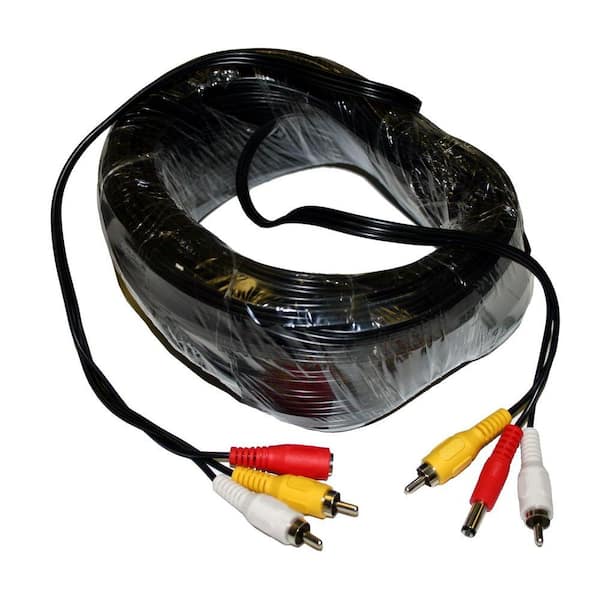Highlighting the Influence of Lighting Conditions on Movement Detection Precision and Reliability
Highlighting the Influence of Lighting Conditions on Movement Detection Precision and Reliability
Blog Article
Illumination conditions play a significant impact in how well we can detect motion. Movement detection is a key aspect of various technologies, including security cameras, automated lighting systems, and even certain gaming applications. Comprehending how different lighting environments affect our ability to perceive motion can assist enhance the development and efficacy of these technologies. For instance, inadequate illumination can lead to missed movements or false alerts, while optimal lighting can enhance the accuracy of motion detection technologies.
In bright illumination environments, motion detection is typically more reliable. When there is sufficient light, sensors and cameras can capture sharper pictures, which helps in identifying moving elements. Bright conditions allow for better distinction between the moving element and the background. This differentiation is crucial for both visual viewers and automated technologies, as it makes it simpler to differentiate between stationary and dynamic objects in a scene. Therefore, ensuring that spaces are well-lit can greatly improve the effectiveness of motion detection technologies.
Conversely, dim conditions can useful content present challenges for movement detection. In dim settings, shadows can hide dynamic objects, which makes them difficult to perceive. Additionally, the human eye struggles to perceive motion in low light, which can result in misinterpretation of what is happening in the environment. Cameras may also face challenges, as many do not perform well in dim conditions without the use of how to improve motion detection reliability infrared capabilities or other improvements. These limitations highlight the significance of adequate illumination in settings where motion detection is essential.
Moreover, various types of lighting can have varying effects on motion detection. For example, fluorescent lights can flash, which might mislead motion detection technologies that rely on steady light input. On the contrary, natural provides a consistent source of illumination that enhances clarity. Understanding these variations in lighting types can assist users in choosing the most appropriate lighting for specific uses, particularly in surveillance and surveillance situations.
In conclusion, the relationship between lighting conditions and motion detection precision is important. By making sure that settings are appropriately lit, we can enhance the reliability of motion detection technologies. This knowledge not only supports technological applications but also improves safety and security in multiple environments. As further developments are made in movement detection systems, considering lighting conditions will remain a vital factor in optimizing effectiveness and guaranteeing that these technologies function properly in various conditions.